Genius engineering: the V&A celebrates the work of Ove Arup with a new show
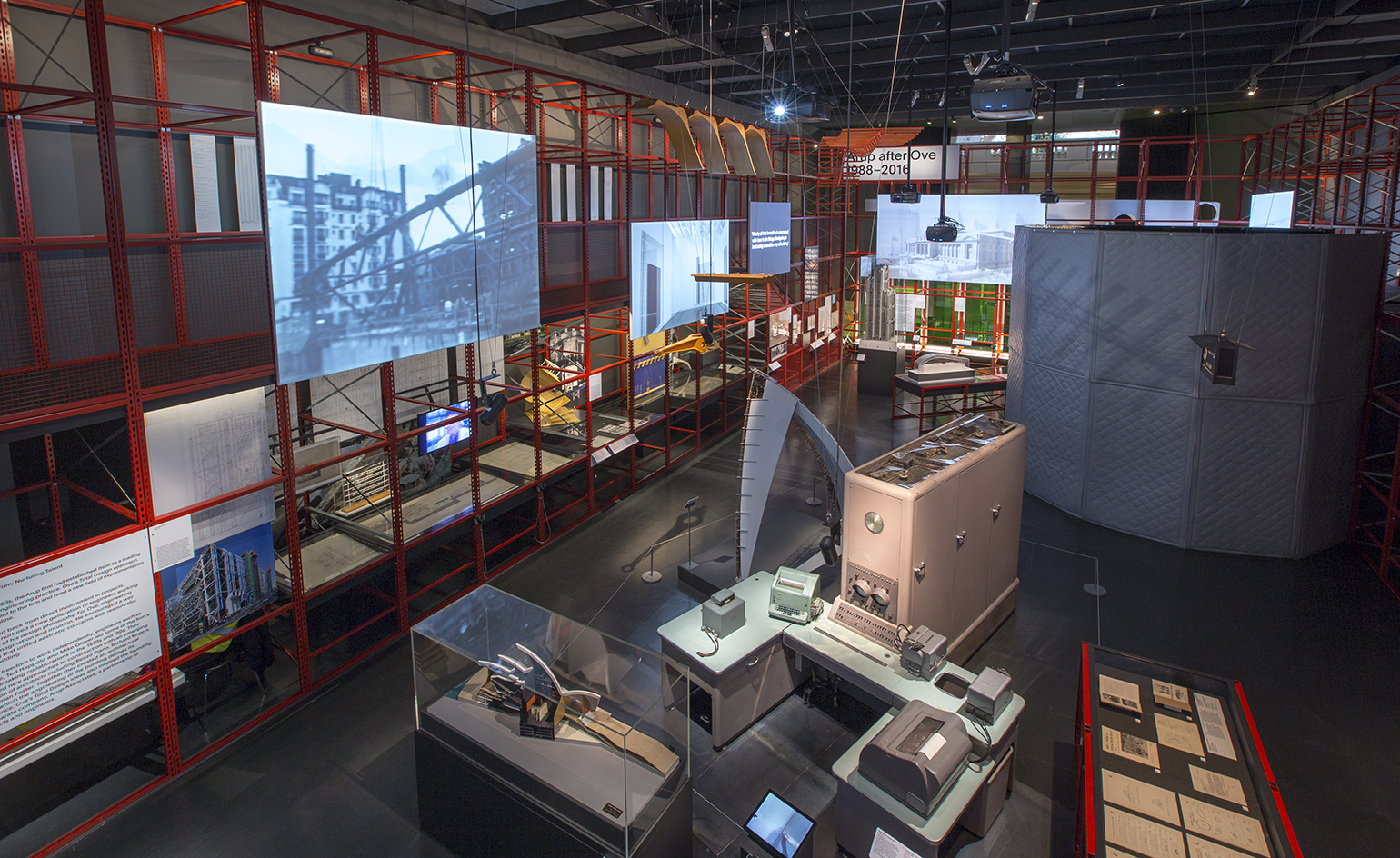
The new V&A show on the work of legendary engineer Ove Arup may appear fairly modest at first glance, occupying a single room at the Porter Gallery – yet spanning two levels in a clever design by Dyvik Kahlen Architects, it really packs a punch. The exhibition, titled 'Engineering the World: Ove Arup and the Philosophy of Total Design' and opening to the public this weekend, is part of the London museum’s ongoing Engineering Season and aims to celebrate the oft-unsung heroes of building design: engineers. And for this, Arup’s work is a perfect case study.
The show, curated by the V&A’s Maria Nicanor and Zofia Trafas White, is a fascinating exploration of the 20th century engineer’s life and work, and how it has influenced today’s practices in his field. Arup, fittingly argue the curators, was a true pioneer, championing real collaboration with architects, using a computer for the first time during the Sydney Opera House project in the 1960s – a hefty but fascinating machine called 'Pegasus', on display at the show – and spanning multiple applications of Arup’s creative approach using all kinds of materials – concrete, metal or wood.
Taking a chronological journey, the curators also aimed to tackle any misconceptions of what being an engineer means. Arup’s myriad hand drawings, sketches and clever manifestos, his sense of humour and his multidisciplinary background – the British-born Dane studied philosophy and mathematics before moving on to his degree in engineering – testify to that.
Displays take the visitor through early works, such as the London Zoo’s Penguin Pool – Arup’s landmark breakthrough project with architect Berthold Lubetkin – and his significant contribution during World War II – his fenders for Mulberry Harbour were a crucial element towards the Allied invasion of Normandy’s success. Exhibits also touch upon key later projects, realised prior to Arup’s passing – such as the Centre Pompidou in Paris and the Menil Collection. Kingsgate Bridge is one of the very last projects the engineering master was involved in. His ashes were scattered from it in 1988.
Of course, Arup’s legacy lives on, through his ongoing world famous engineering firm, which now counts thousands of employees around the globe, spanning not only civil engineering but also lighting and acoustics – an international and truly multidisciplinary approach firmly set from the very beginning by its founder.
Contemporary and ongoing work by the office offers a fitting ending to the show, hinting towards the future; facades using algae? Auralisation tools that help you understand how architecture affects sound? You name it – Arup is probably working on it.
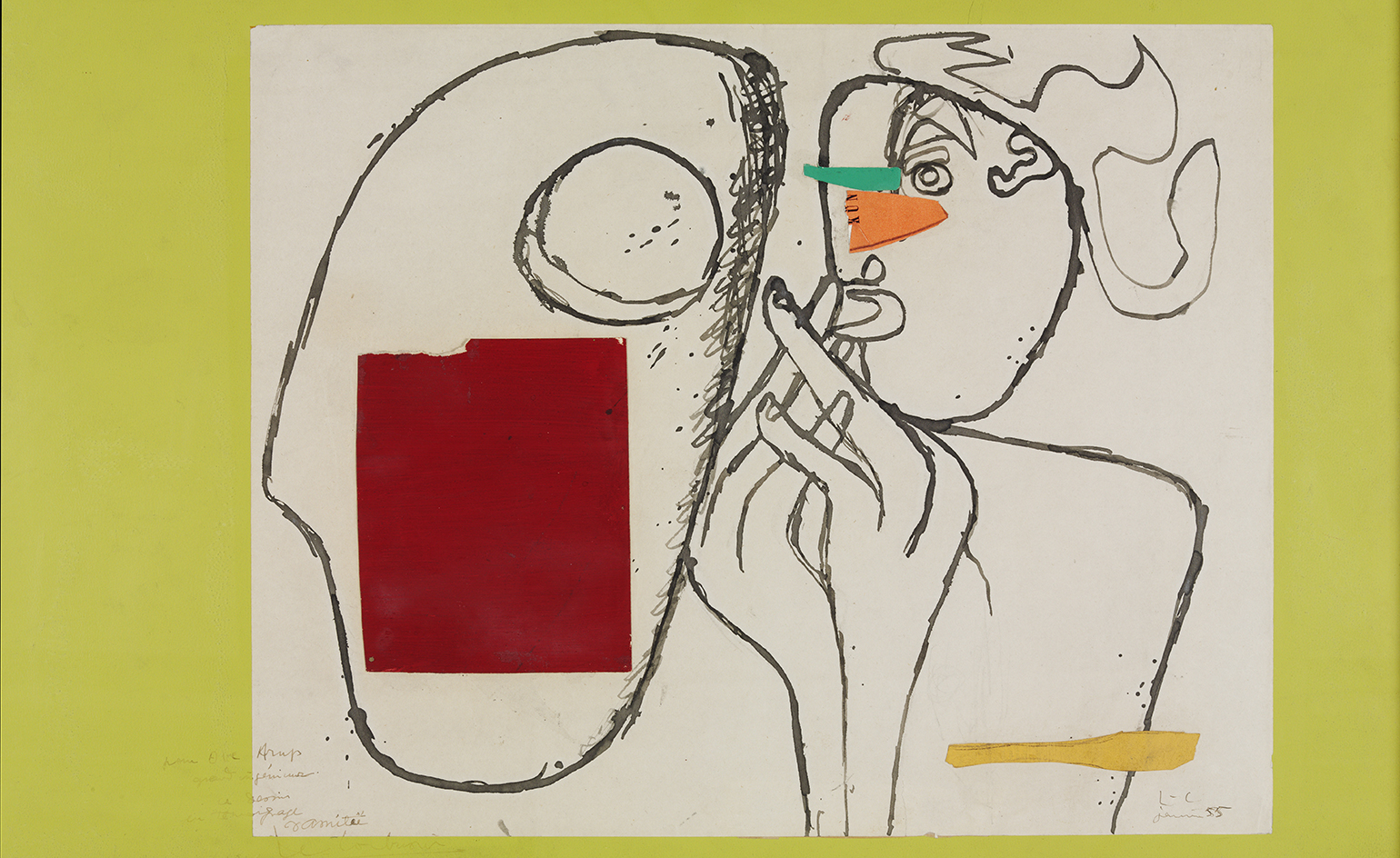
Presenting Arup’s story through a chronological journey, the curators aimed to tackle any misconceptions of what being an engineer means; covering Arup’s myriad hand drawings, sketches and clever manifestos, his sense of humour and his multidisciplinary background. Pictured: a colour lithograph portrait of Ove Arup by Le Corbusier. Photography: Courtesy of Private Collection. FLC, ADAGP, Paris and DACS, London 2016
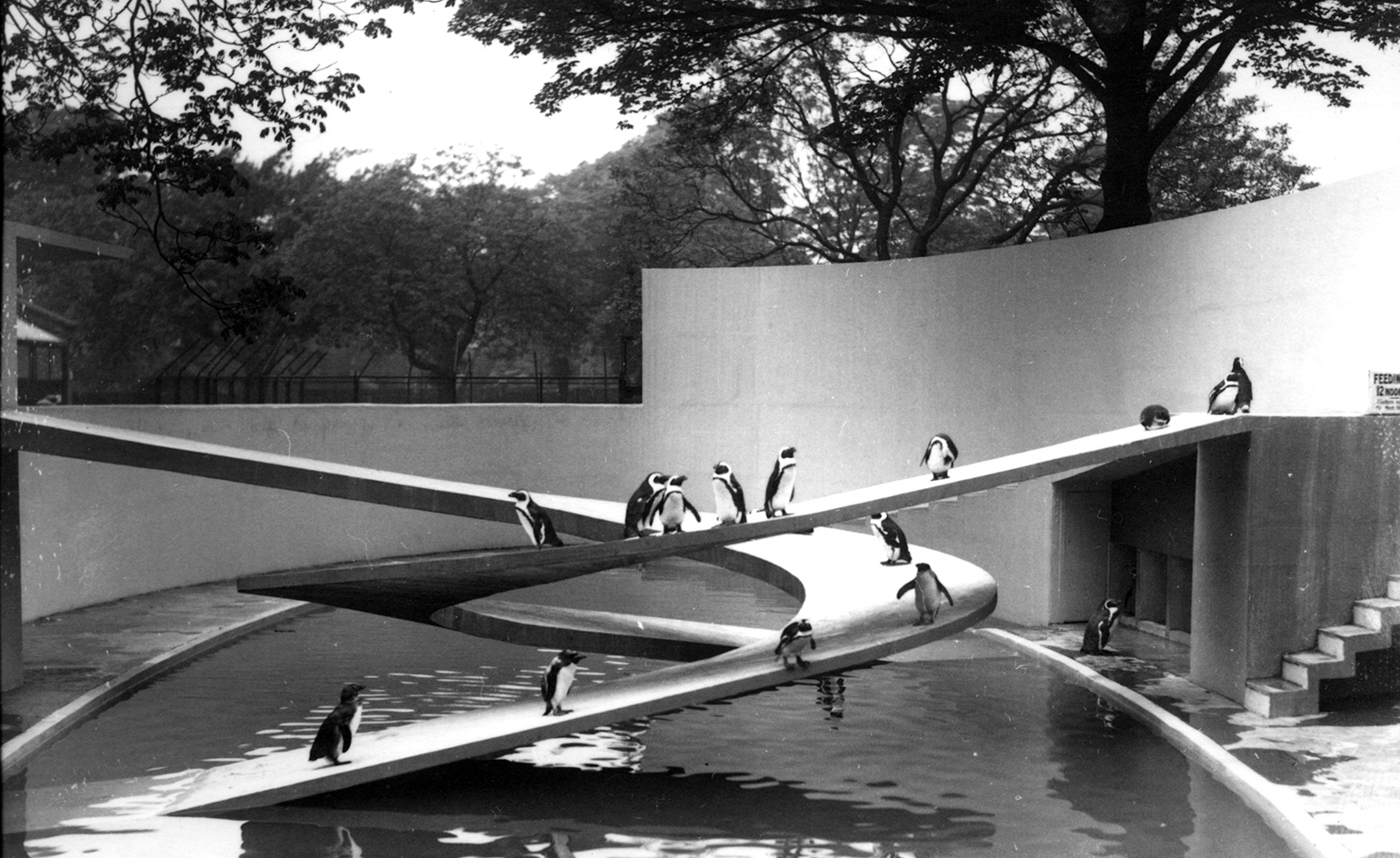
The Penguin Pool in London’s Zoo was the engineer’s breakthrough project, created with architect Berthold Lubetkin. Photography: ZSL
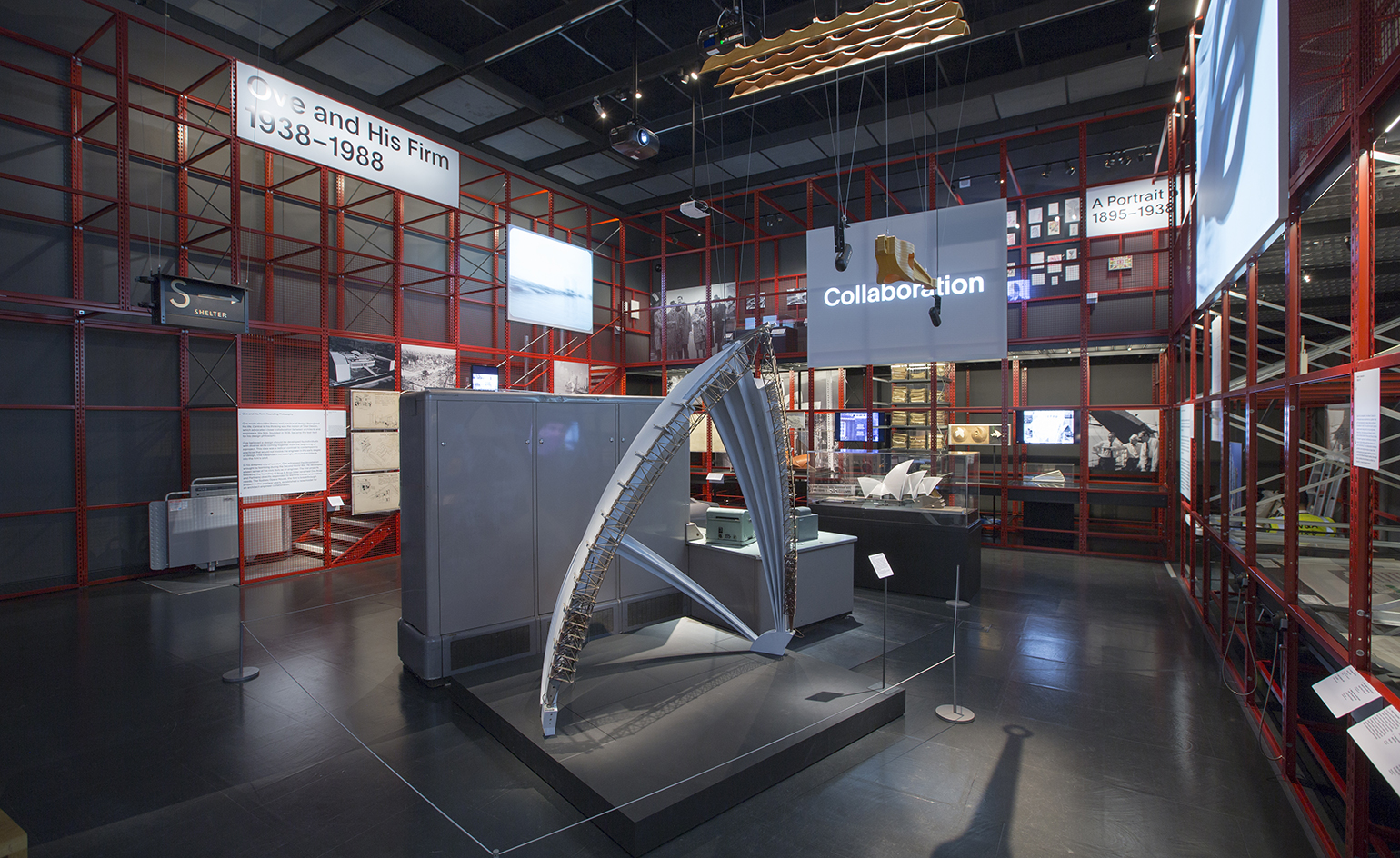
Exhibits also touch upon key later projects, realised prior to Arup’s passing – such as the Centre Pompidou in Paris and the Menil Collection. Photography: Victoria and Albert Museum
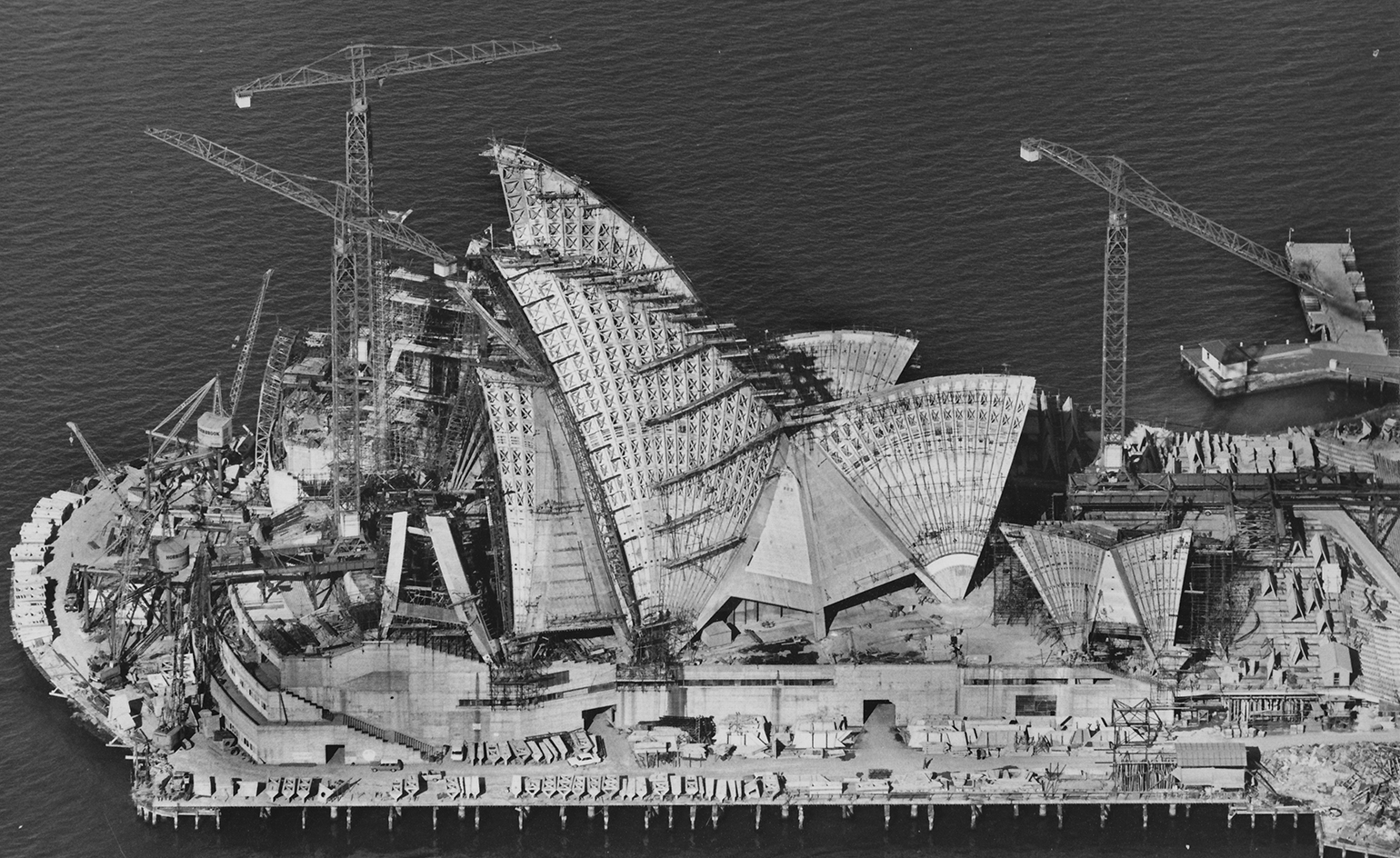
The Sydney Opera House was another project Arup famously worked on – the building was designed by Jørn Utzon. Photography: Robert Baudin for Hornibrook Ltd. Courtesy of Australian Air Photos

This particular project was the first Arup worked on, where he used a computer for the calculations. Pictured here, the machine itself in 1957, called ’Pegasus’. Photography: Museum of Science and Industry
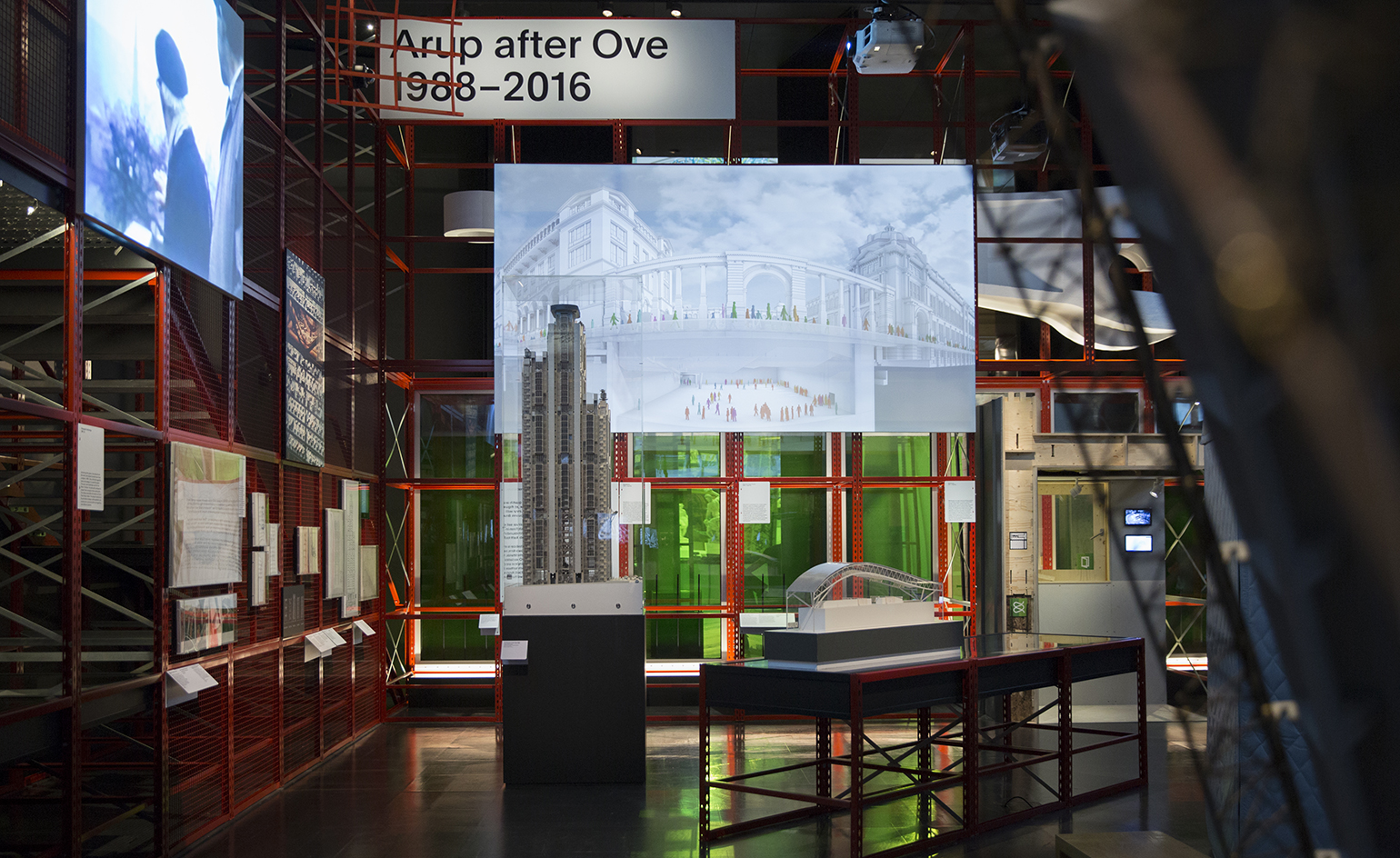
Arup’s legacy continues to live on through his ongoing world famous engineering firm, which now counts thousands of employees around the globe, spanning not only civil engineering but also lighting and acoustics. Photography: Victoria and Albert Museum
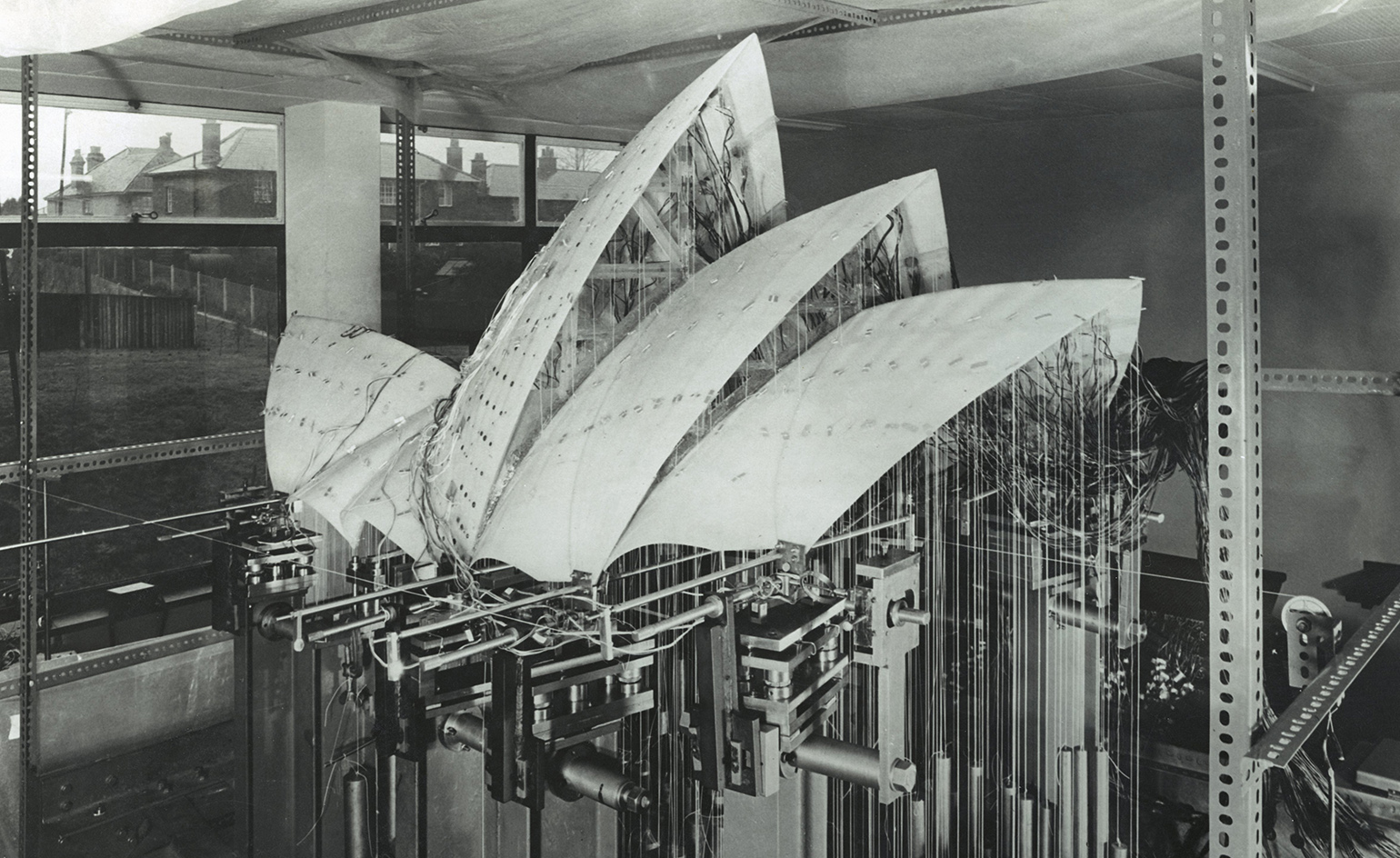
Stress distribution testing on a 160 Perspex roof model of the Sydney Opera House at Southampton University in 1960. Photography: Henk Snoek. Courtesy of Arup
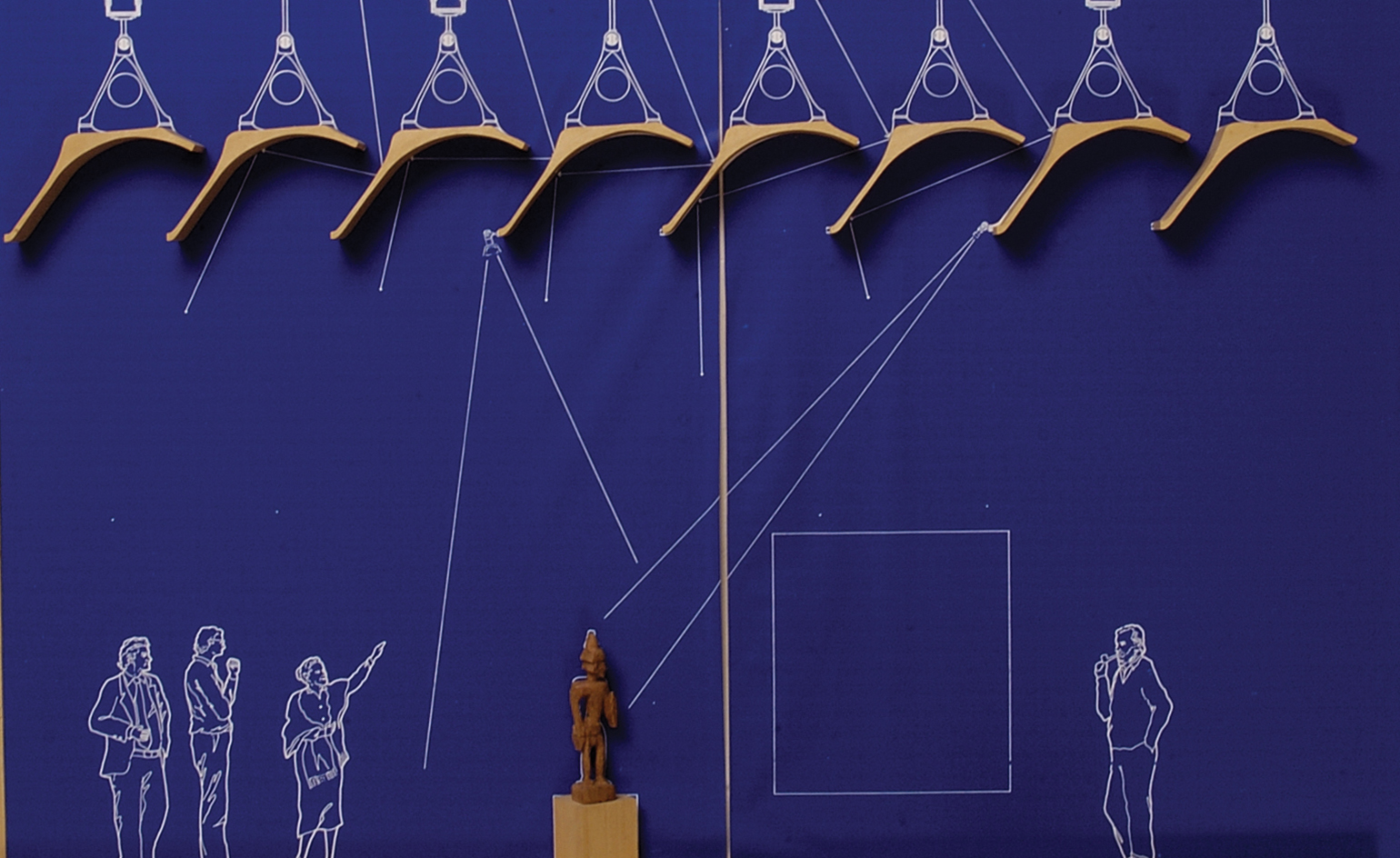
Bas relief on blueprint depicting a section of the Menil Collection in Houston, Texas, a project by Piano & Fitzgerald. Photography: Francesco Pino Fondazione Renzo Piano, 2009. Courtesy: Fondazione Renzo Piano
INFORMATION
‘Engineering the World: Ove Arup and the Philosophy of Total Design’ is on show at the V&A 18 June – 6 November 2016. For more information visit the V&A website
Receive our daily digest of inspiration, escapism and design stories from around the world direct to your inbox.
Ellie Stathaki is the Architecture & Environment Director at Wallpaper*. She trained as an architect at the Aristotle University of Thessaloniki in Greece and studied architectural history at the Bartlett in London. Now an established journalist, she has been a member of the Wallpaper* team since 2006, visiting buildings across the globe and interviewing leading architects such as Tadao Ando and Rem Koolhaas. Ellie has also taken part in judging panels, moderated events, curated shows and contributed in books, such as The Contemporary House (Thames & Hudson, 2018), Glenn Sestig Architecture Diary (2020) and House London (2022).
-
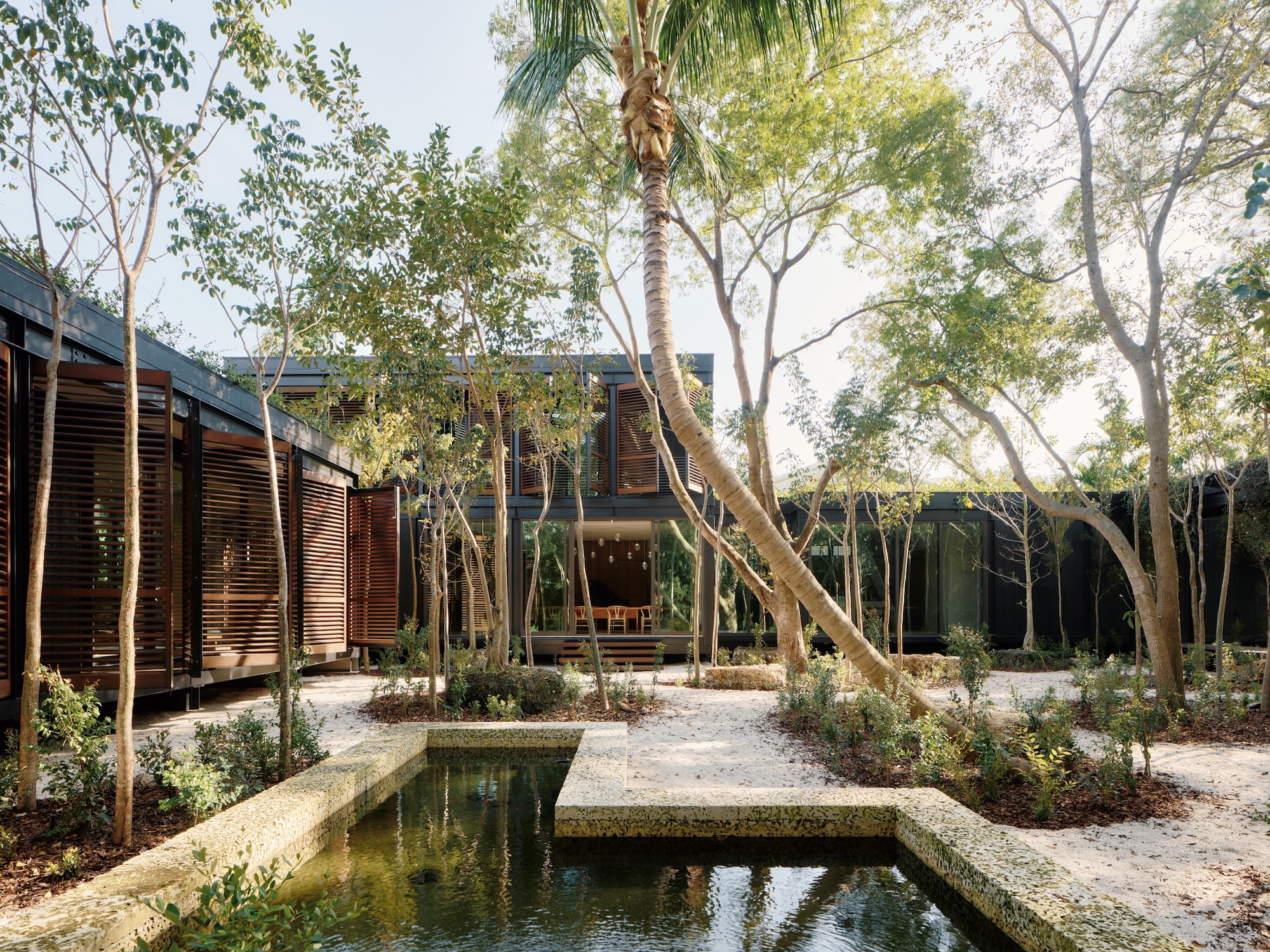 This ethereal Miami residence sprouted out of a wild, jungle-like garden
This ethereal Miami residence sprouted out of a wild, jungle-like gardenA Miami couple tapped local firm Brillhart Architecture to design them a house that merged Florida vernacular, Paul Rudolph and 'too many plants to count’
-
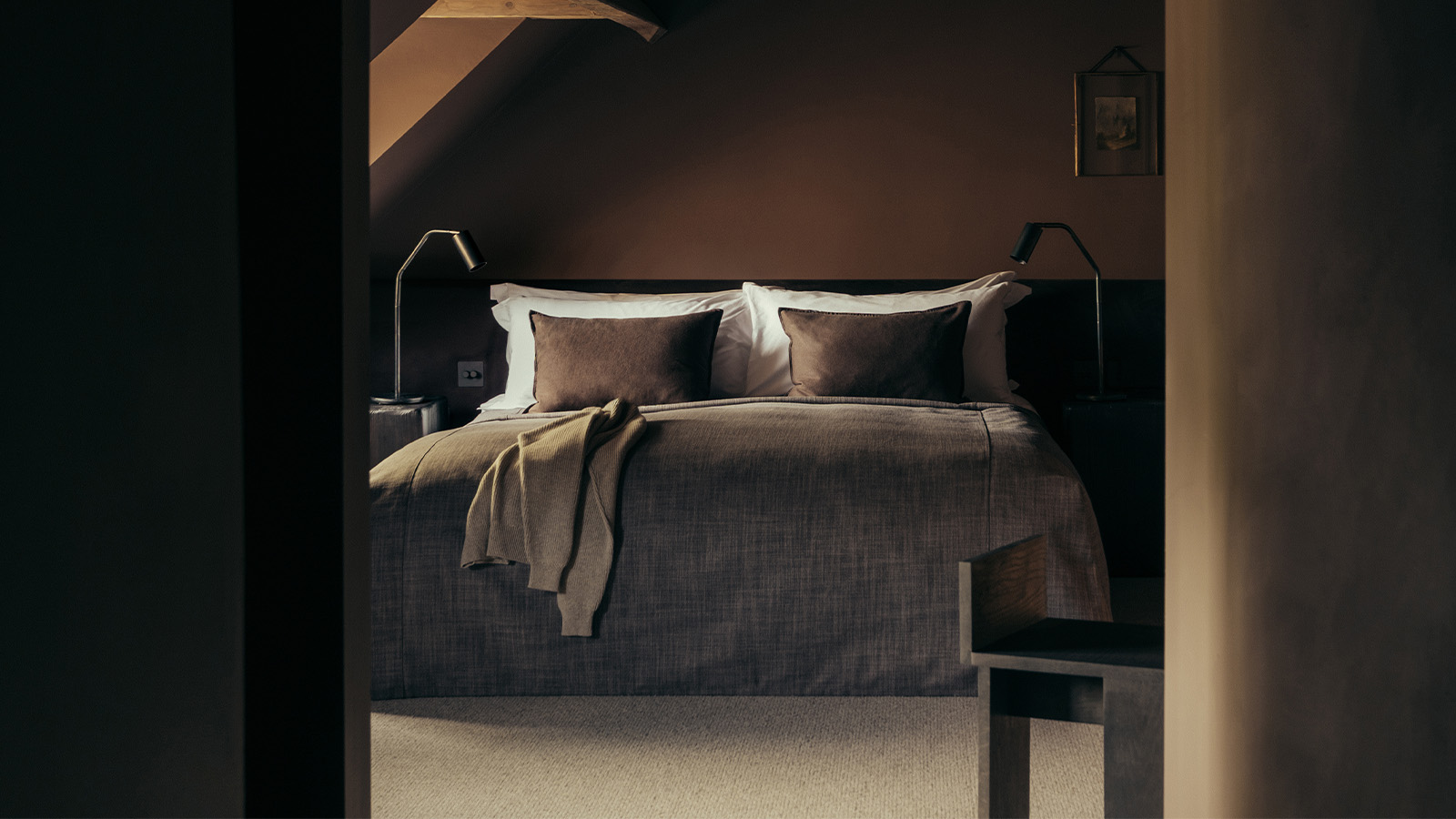 At this charming bolthole in The Cotswolds, doing nothing is an art form
At this charming bolthole in The Cotswolds, doing nothing is an art formLeave your mobile on ‘do not disturb’, switch off and slow down at this 16th-century manor-turned-hotel
-
 Out of office: The Wallpaper* editors’ picks of the week
Out of office: The Wallpaper* editors’ picks of the weekIt’s been a week of escapism: daydreams of Ghana sparked by lively local projects, glimpses of Tokyo on nostalgic film rolls, and a charming foray into the heart of Christmas as the festive season kicks off in earnest
-
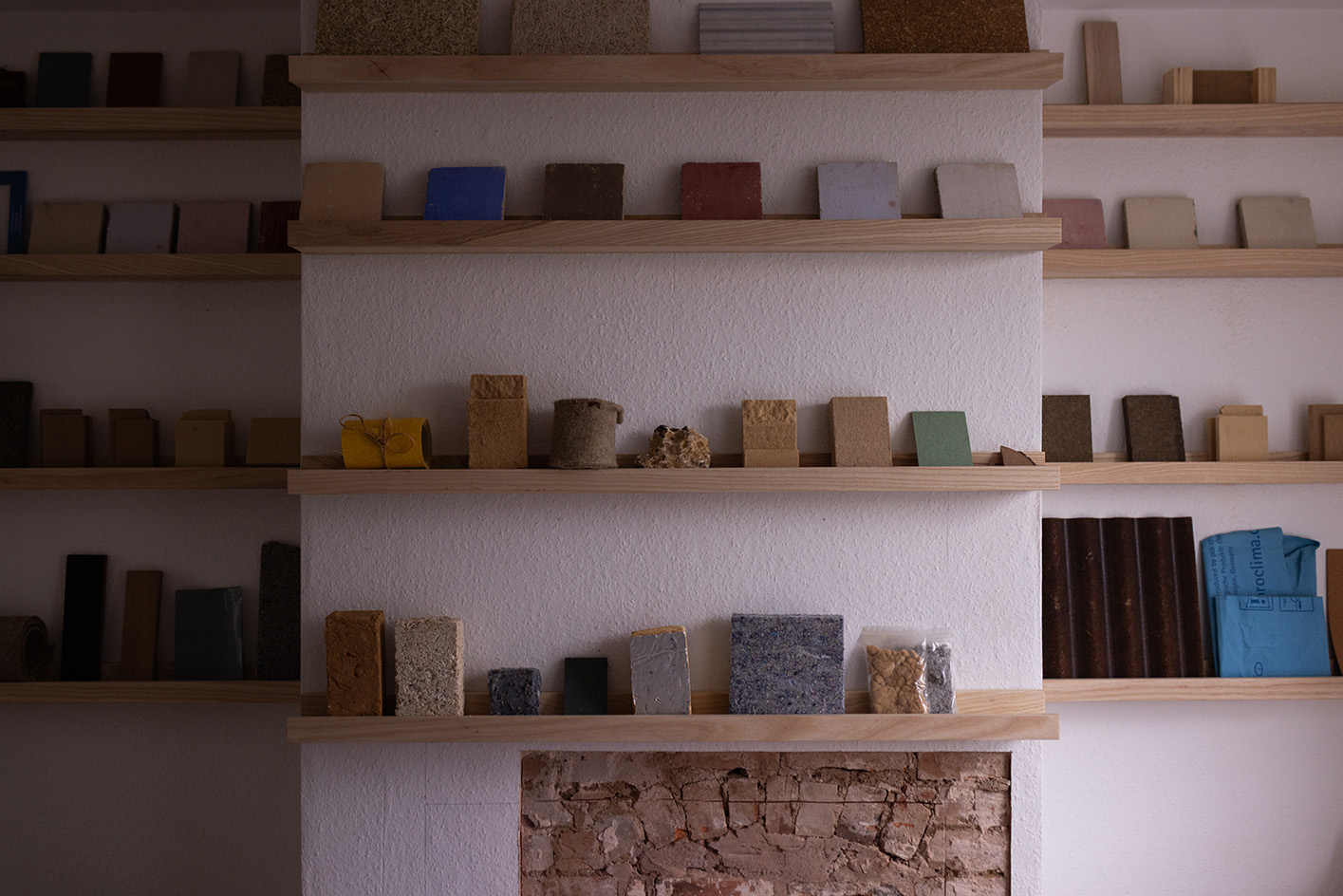 Take a tour of Retrofit House, the live showcase inspiring sustainable homebuilding
Take a tour of Retrofit House, the live showcase inspiring sustainable homebuildingRetrofit House, a showcase for residential redesign using biomaterials and environmentally smart methods, opens in Birmingham, UK, spearheaded by Civic Square, Dark Matter Labs and Material Cultures; we paid it a visit
-
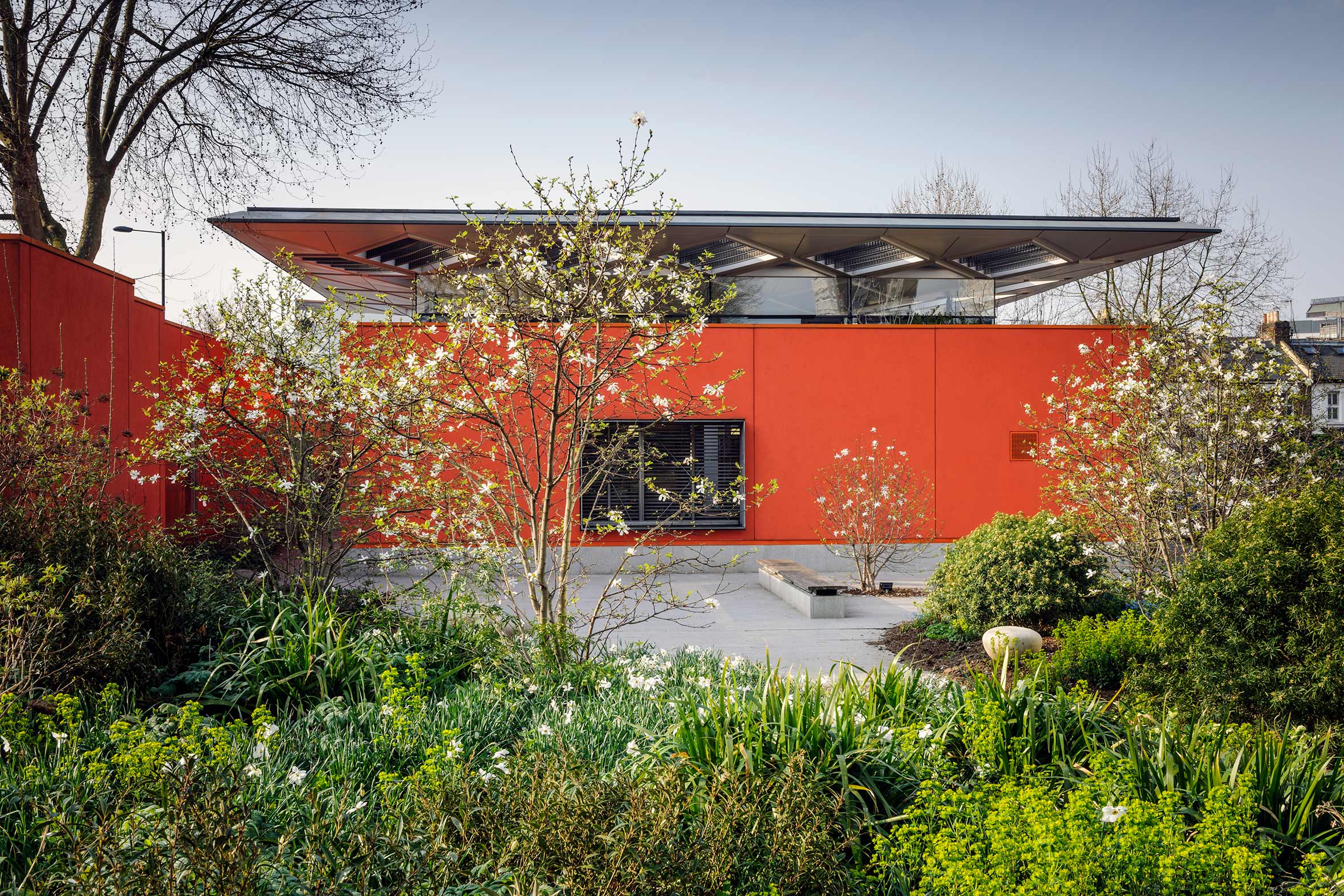 How Maggie’s is redefining cancer care through gardens designed for healing, soothing and liberating
How Maggie’s is redefining cancer care through gardens designed for healing, soothing and liberatingCancer support charity Maggie’s has worked with some of garden design’s most celebrated figures; as it turns 30 next year, advancing upon its goal of ‘30 centres by 30’, we look at the integral role Maggie’s gardens play in nurturing and supporting its users
-
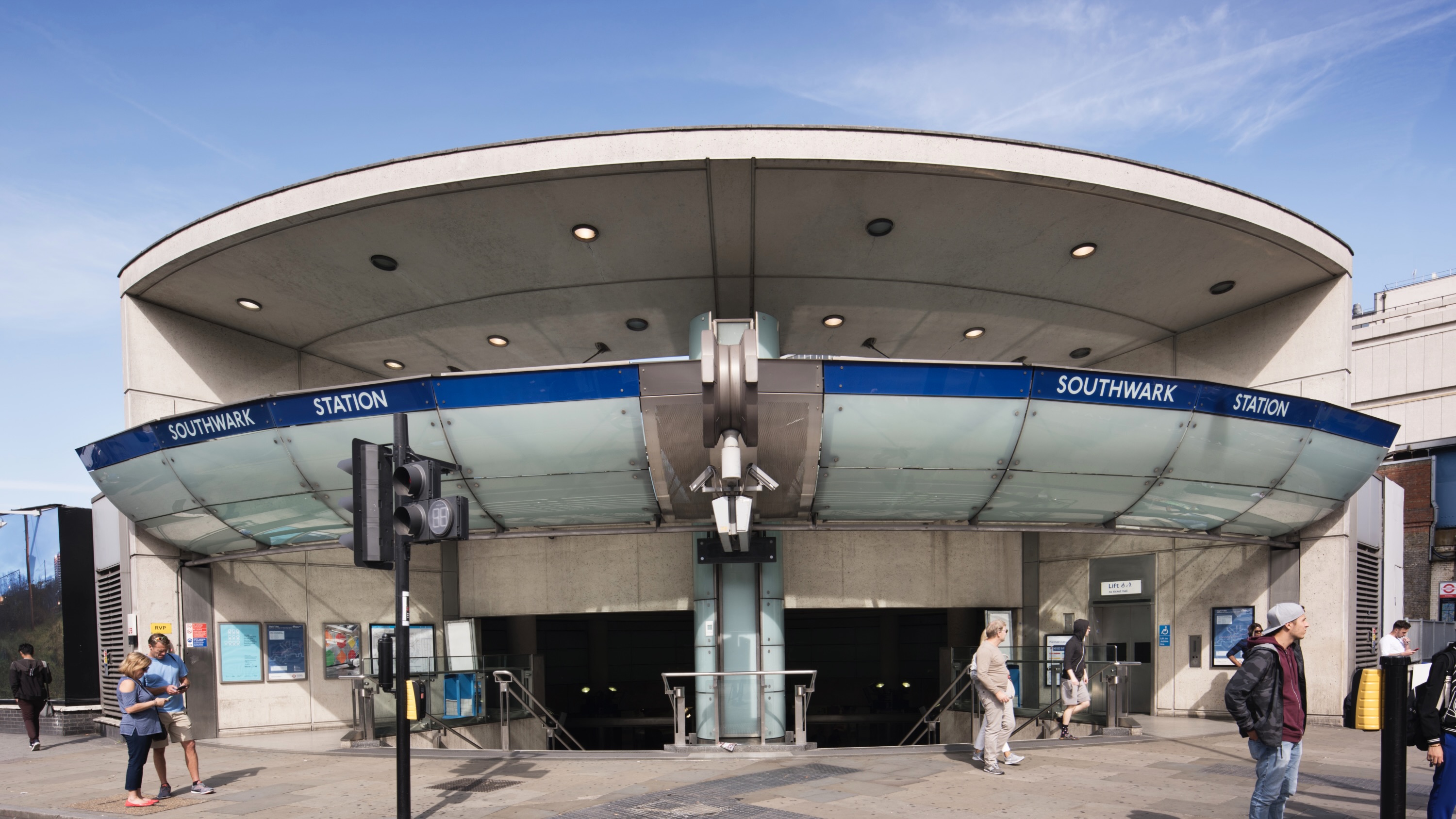 Futuristic-feeling Southwark Tube Station has been granted Grade II-listed status
Futuristic-feeling Southwark Tube Station has been granted Grade II-listed statusCelebrated as an iconic piece of late 20th-century design, the station has been added to England’s National Heritage List
-
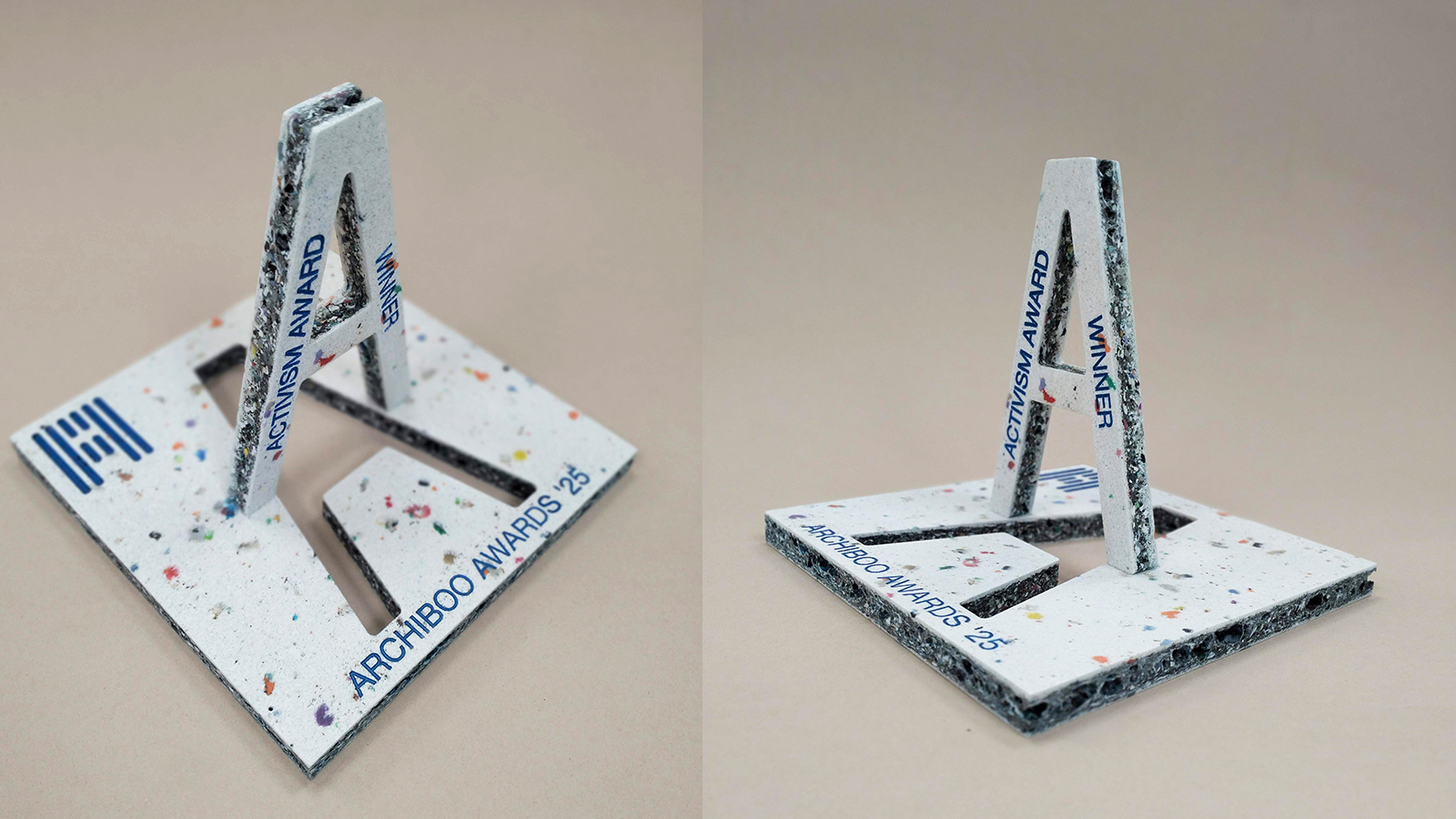 Archiboo Awards 2025 revealed, including prizes for architecture activism and use of AI
Archiboo Awards 2025 revealed, including prizes for architecture activism and use of AIArchiboo Awards 2025 are announced, highlighting Narrative Practice as winners of the Activism in architecture category this year, among several other accolades
-
 Backstage at the Old Vic is all about light, theatre and sustainable action
Backstage at the Old Vic is all about light, theatre and sustainable actionThe theatre's new creative hub by Haworth Tompkins has completed, bringing a distinctly contemporary and colourful addition to the popular theatre space in South London
-
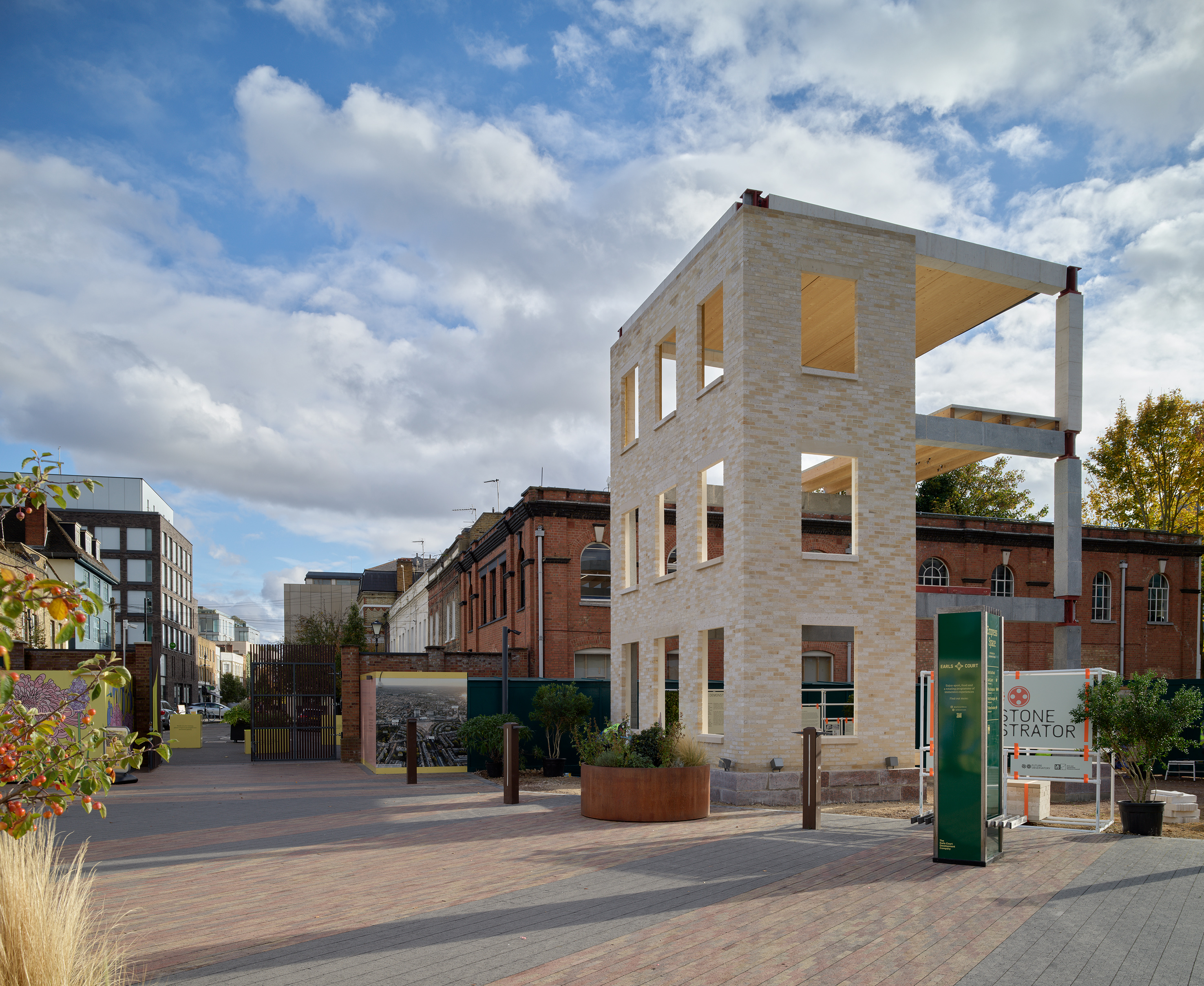 Tempted to try building with stone? This project will convince you of its merits
Tempted to try building with stone? This project will convince you of its meritsWelcome to the Future Observatory's The Stone Demonstrator, a project conceived to show off the material's strong points, now on display in West London
-
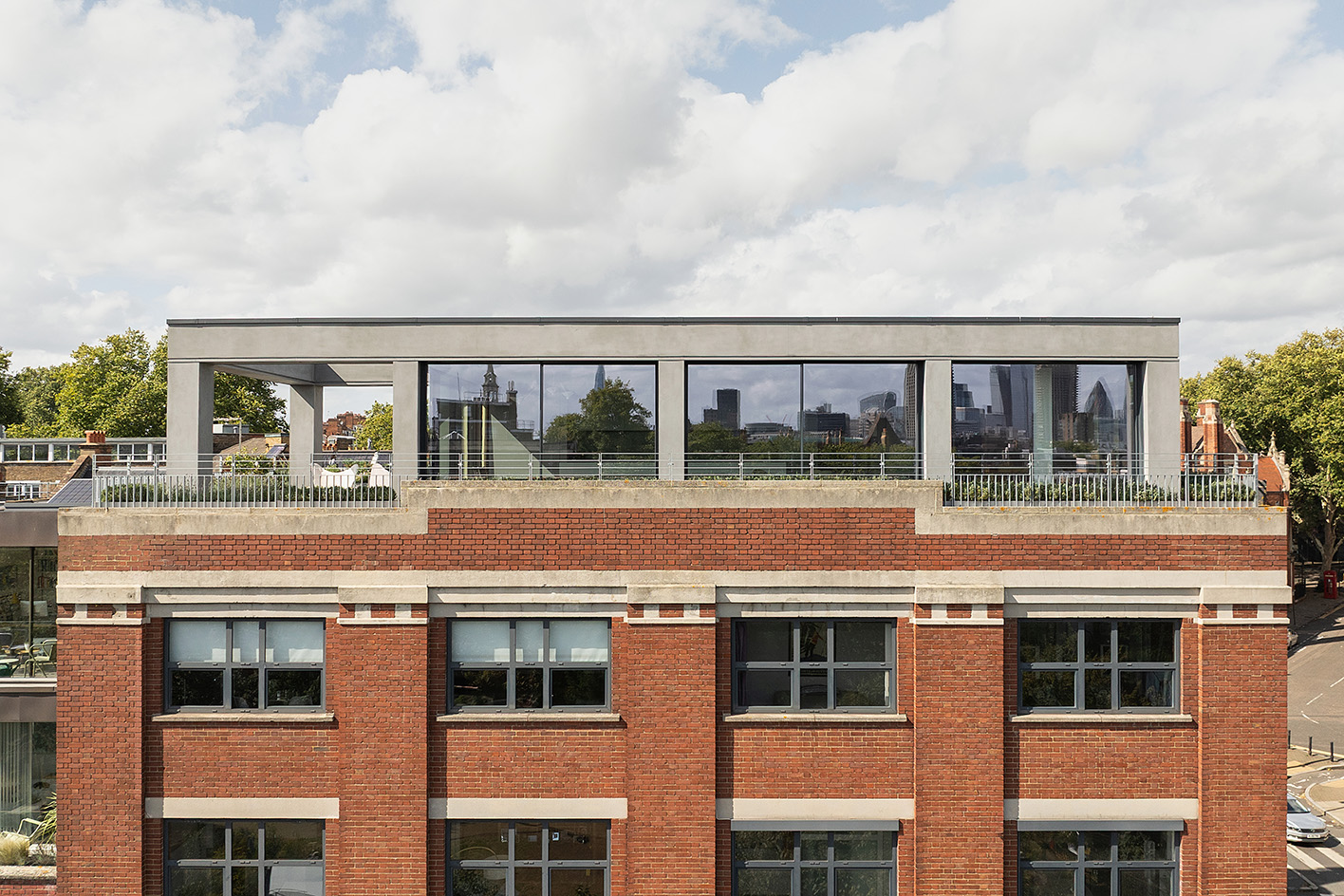 Step inside this Clerkenwell Rooftop, transformed into a minimalist urban abode
Step inside this Clerkenwell Rooftop, transformed into a minimalist urban abodeA Clerkenwell Rooftop has been transformed by Studio Felicity Bell into a minimalist modern home, featuring airy interiors and long views of London
-
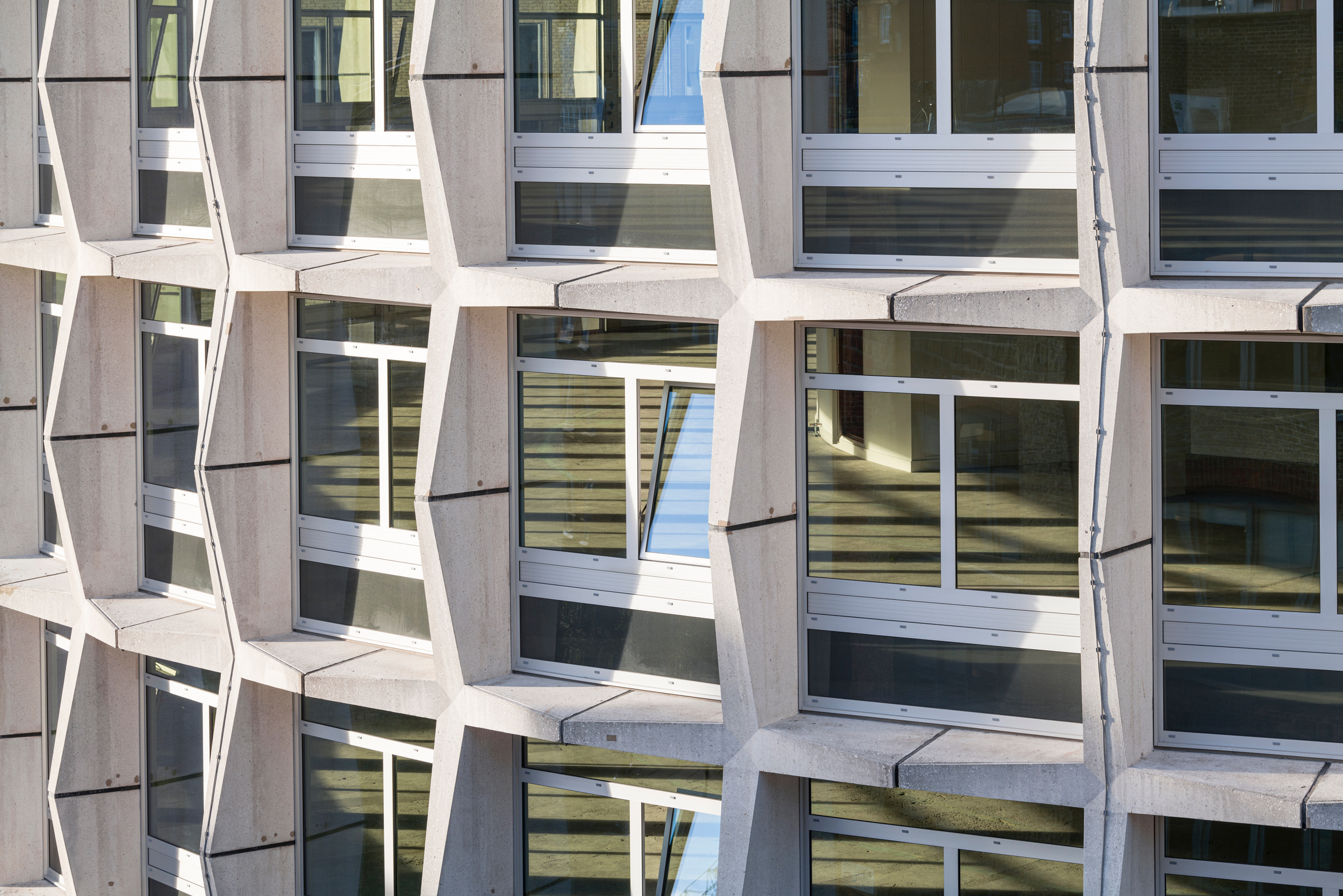 Richard Seifert's London: 'Urban, modern and bombastically brutalist'
Richard Seifert's London: 'Urban, modern and bombastically brutalist'London is full of Richard Seifert buildings, sprinkled with the 20th-century architect's magic and uncompromising style; here, we explore his prolific and, at times, controversial career